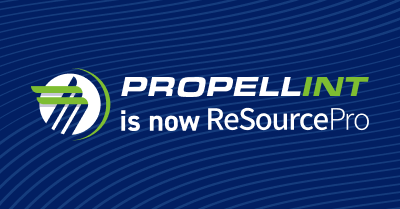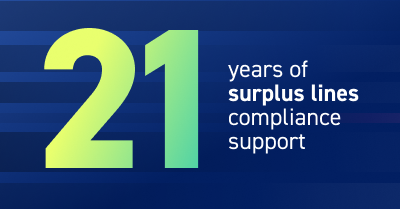We know the impact good quality has on a brand or business. It can allow them to command premium pricing for their product, and it is a powerful driver for customer loyalty and growth. In the insurance business, quality is expected, a necessity. Because of this, there is a cost to not meeting quality standards.
But how do we quantify the cost of bad quality?
Insurance organizations often look for the cheapest and fastest way to get a process completed — get the quote or policy out the door and revenue in. This can often mean multiple errors and inaccuracies right from the start. Unfortunately, those errors aren’t visible, so their cost doesn’t show up in New Business Bound and Premium Booked reports.
We’ve found that a typical insurance policy has between six to nine errors, and they’re not minor errors. These are errors in key exposure or coverage areas. Imagine if every 10th washing machine that GE manufactured had a major problem. Few industries would accept such poor quality as ‘business as usual’.
Perhaps these hidden errors don’t get the attention they need, as they often take time to work through the system and infect a business. But the impact is eventually felt with ballooning service costs, an increase in endorsements, overworked service staff, irritated customers, lower retention, greater E&O exposure, and lower profit margins.
We’ve calculated that the time spent by just one account exec or service person to fix these errors over the course of the year could generate 50 to 100 more small business policies and $20,000 – $30,000 in increased revenue. And that revenue would go straight to the bottom line, because you’ve done it with freed existing capacity.
This calculation doesn’t even take into consideration the cost of bad service on retention, E&O risk, and employee morale, which represent an even bigger cost than the loss of revenue stated above.
So what can be done to mitigate these costs, risks, and exposures?
A good quality system that ensures new business and policies go out right the first time can drastically reduce the error rate. This requires infusing accuracy and best practices into your operations and workflows, including a consistent policy checking process that can uncover the root cause of errors.
By doing so, you’re eliminating the source of hidden cost, risk, and exposure, and you’re increasing your organization’s capacity for profitable business.
In our highly regulated industry, ensuring quality is a necessity, but too often neglected. Focusing on processes that improve quality can be one of the best ways to achieve growth and margin performance.




